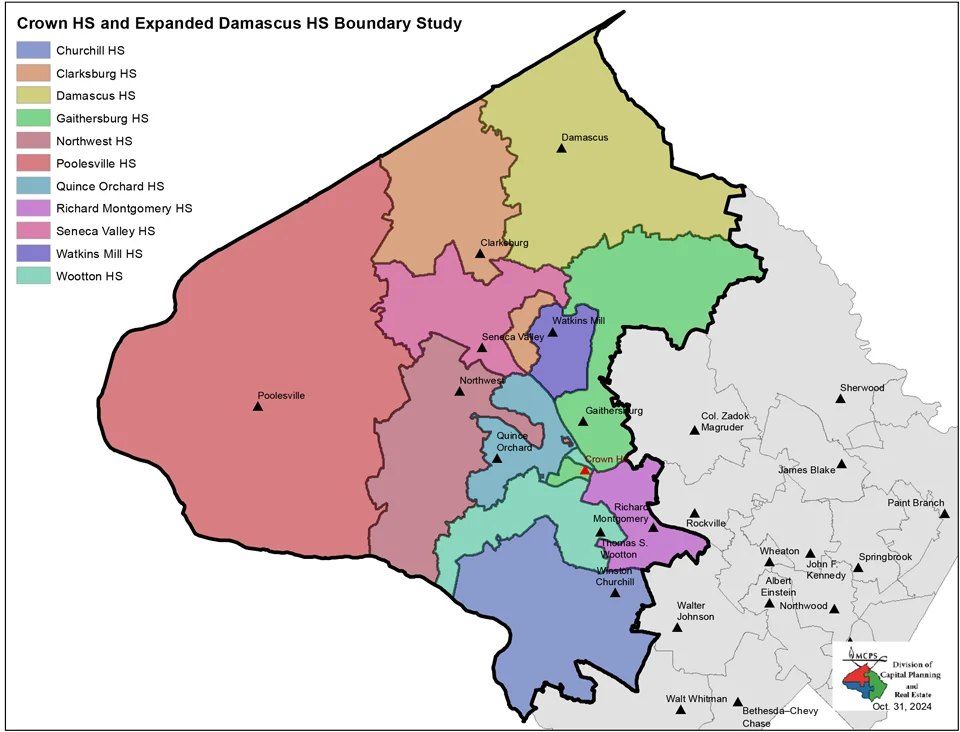With less than two weeks until Election Day, the Maryland 2024 Senate race between Angela Alsobrooks (D) and Larry Hogan (R) has become more competitive than anticipated.
Prince George’s County Executive Angela Alsobrooks has centered her campaign on reproductive rights and healthcare while former Maryland Governor Larry Hogan focused his campaign on bipartisanship and finding common ground. Both candidates bring substantial leadership experience, and their competition is turning the race into a key battleground that could help determine control of the Senate.
The only debate aired Oct. 10 on NBC4, where Alsobrooks and Hogan engaged in a spirited discussion emphasizing the similarities and differences between their campaigns.
Abortion took center stage in the debate, with both candidates agreeing on a woman’s right to choose and the availability of fertility treatments, among other reproductive rights. Hogan highlighted his record as governor, noting that his administration passed various reproductive rights bills and expanded access to abortion across the state. Alsobrooks countered by saying that if elected to the Senate, Hogan would ultimately vote along party lines to pass abortion bans nationwide, despite his more liberal stance on the issue.
The candidates then shifted the discussion to how they would support the middle class. Alsobrooks promised to cut taxes for middle-class families and raise taxes for large corporations. Hogan pointed to his record as governor, highlighting the $4.7 billion he cut in taxes during his terms.
Both candidates shared similar viewpoints on gun control, supporting universal background checks and a ban on assault weapons.
Democrats have historically dominated Maryland’s Senate seats, holding every seat since 1987. Maryland Senator Ben Cardin (D) announced his retirement in May 2023, leading to the open seat Alsobrooks and Hogan are now vying for.
Currently, Democrats hold a slim majority in the Senate by just one seat, while the Republicans lead the House of Representatives by eight seats. Both majorities are expected to shift after the upcoming election. A Senate majority holds significant power, allowing the ruling party to control the legislative agenda, decide which bills come to the floor and lead key committees. It also plays a major role in the confirmation of Supreme Court justices and other top government officials.
As of Oct. 13, Alsobrooks leads polls by about 9.6 points, giving her momentum heading into Election Day. While the polls reflect her advantage as a Democrat in a historically blue state, Hogan remains a strong contender due to his extensive experience and name recognition.
The race has proven to be extremely costly, with super PACs spending over $58 million solely on digital ads for both candidates. Many of the advertisements have been cutthroat, attacking the other campaign’s records.
While registered Democrats outnumber Republicans roughly 2 to 1 in Maryland, the Senate race does not reflect that ratio. Hogan, a moderate Republican and former governor of Maryland, appeals to centrist voters, while Alsobrooks’ progressive platform energizes the Democratic base. Both candidates share similar policies, with their main differences stemming from their party affiliations. The outcome of this race will depend on which candidate can most effectively bridge divisions in Maryland’s politics and maximize voter turnout.

















